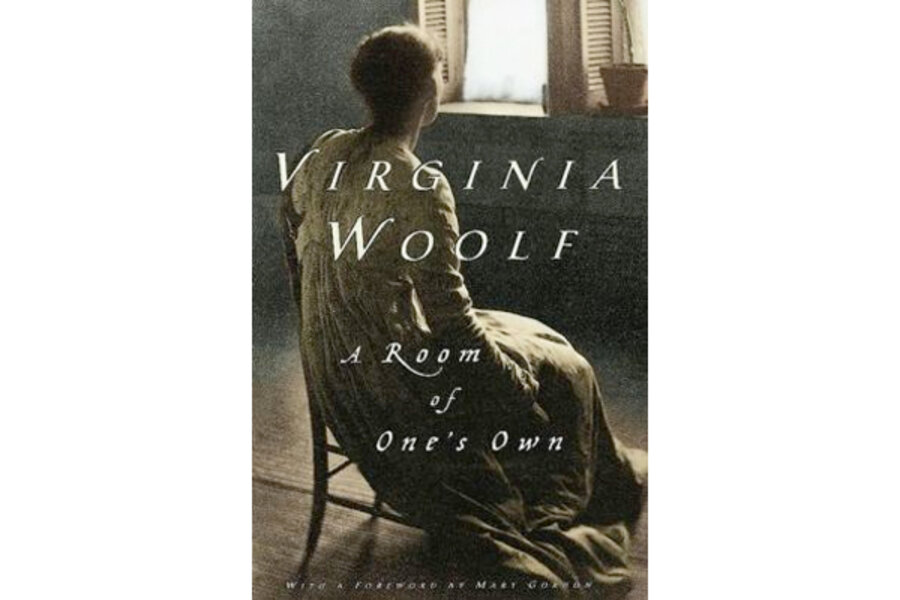Vice Magazine's controversial images of female authors committing suicide are taken down
Loading...
When you open a fashion magazine, you generally expect to see models wearing the newest designer clothing, photographed while standing in a meadow or striding down a city street.
So readers of Vice Magazine were understandably taken by surprise when they viewed the publication’s newest fashion spread, which consisted of models posing as female authors about to commit suicide.
The magazine section, which was titled “Last Words,” offended many and caused Vice to remove the photos from its website.
The photos, which included shots of models dressed as Sylvia Plath, Virginia Woolf, and Chinese author Sanmao, among others, about to commit their particular methods of suicide, originally went online on June 18, but they were taken off the site today after an outcry ensued.
“Vice is known for its poor taste, but its latest fashion spread by photographer Annabel Mehran demonstrates a particularly egregious trolling attempt,” Salon reporter Michelle Filgate wrote. (The practice of “trolling” refers to posting something shocking or offensive online just to get a reaction.)
Examiner writer Emily Sutherlin called the photos “graphic and highly offensive.”
Jezebel writer Jenna Sauers noted that the photos contained only the authors’ names and dates of death, with no information about their books. The photos also contained the names of the fashion designers whose clothes the models are wearing.
“It's almost breathtakingly tasteless,” Sauers wrote. “Suicide is not a fashion statement.”
As noted by the Los Angeles Times, writer Dorothy Parker, who died of natural causes in her 70s, was included with the photos, with a model posing as Parker and attempting to commit suicide. (Parker did reportedly attempt to do so.)
Vice Magazine issued a statement after taking down the photos.
“The fashion spreads in VICE Magazine are always unconventional and approached with an art editorial point-of-view rather than a typical fashion photo-editorial one,” the statement read. “Our main goal is to create artful images, with the fashion message following, rather than leading.
'Last Words' was created in this tradition and focused on the demise of a set of writers whose lives we very much wish weren’t cut tragically short, especially at their own hands. We will no longer display ‘Last Words’ on our website and apologize to anyone who was hurt or offended.”
Vice, which first appeared in 1994 with the title Voice of Montreal, has courted controversy before. An article that appeared on the magazine's website earlier this year included photos from artist Jonathan Hobin's spread which featured children acting out real-life tragedies, including 9/11 and the Guantanamo Bay scandal. The images drew a mixed reaction from the public.







